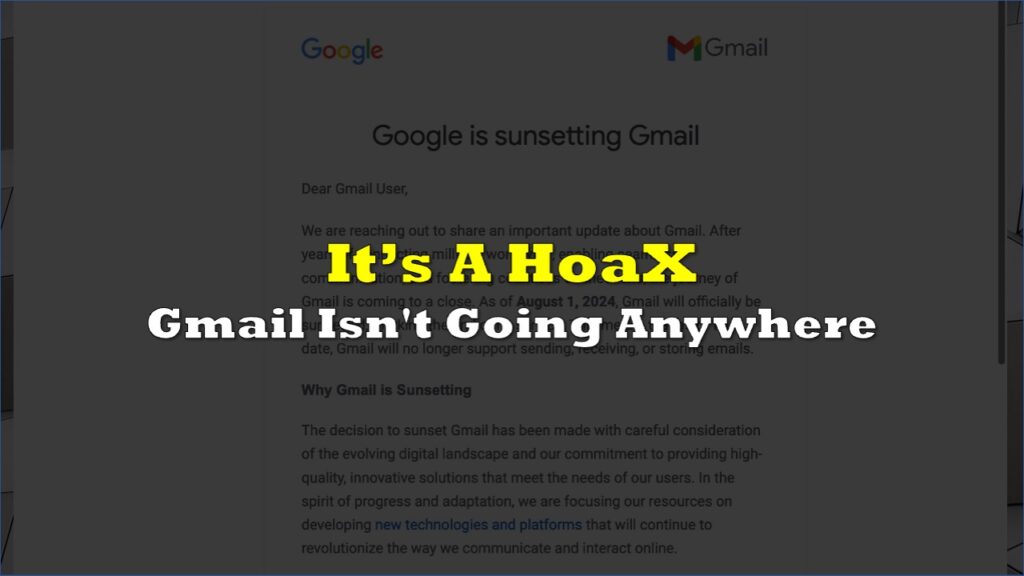Free speech is apparently not free anymore for the free speech absolutist Elon Musk. His company X, the platform previously recognized as Twitter, is set to introduce a $1 annual fee for new users, granting them access to pivotal features such as tweeting, replying, quoting, reposting, liking, bookmarking, and creating lists.
This development aligns with Musk’s long-standing idea of implementing a nominal charge to tackle the issue of bots on the platform.
Good riddance!
— H.E. Cas Piancey (@CasPiancey) October 17, 2023
Site is genuinely not even good for the one thing it was great for before: breaking news https://t.co/v1MQWAvAWH
This will be the death blow https://t.co/hPn3gxcZ7W
— Peter A. Roselle (@PhenomenalPoto) October 18, 2023
During a recent live-streamed conversation with Israeli Prime Minister Benjamin Netanyahu in September, Musk articulated his rationale, stating, “It’s the only way I can think of to combat vast armies of bots.” In line with this move, the company has also unveiled its “Not-a-Bot Terms and Conditions,” outlining the blueprint for a paid subscription service that confers specific abilities upon users, enabling them to post content and engage with fellow users.
“A bot costs a fraction of a penny,” Musk said. “But if somebody even has to pay a few dollars or something, some minor amount, the effective cost to bots is very high.”
X CEO Linda Yaccarino earlier this month highlighted high single-digit revenue growth across advertising, data licensing, and subscriptions. She also noted that the company is currently cash flow positive, excluding debt servicing costs, and anticipates reaching this milestone, even with debt factored in, by the latter half of 2024.
But at the same time, she also unveiled the firm’s intention to divide the existing $7.99 monthly premium plan into three tiers: Basic, Standard, and Plus.
Contrary to claims made by Yaccarino, asserting record-breaking summer usage, a recent report casts doubts on these assertions by revealing a decline in X usage across web and mobile platforms. Market intelligence firm Similarweb’s data indicates a 14% drop in X’s global website traffic year-over-year for September, with U.S. traffic down by 19%. Mobile device performance in the U.S. has also witnessed a 17.8% year-over-year decline among monthly active users on iOS and Android.

The decrease in web traffic isn’t confined to the U.S., as other countries have reported similar declines, with the U.K. (-11.6%), France (-13.4%), Germany (-17.9%), and Australia (-17.5%) all registering reduced web traffic. These trends are not limited to September, as Similarweb’s analysis reveals long-term trends displaying an 11.6% year-over-year drop in X’s U.S. website traffic and a 7% decrease worldwide when comparing the first nine months of 2023 with the same period in 2022. Additionally, mobile app usage in the U.S. has plummeted by 12.8% during this period.
Amidst these dwindling statistics, there is a silver lining for X, particularly for Musk. Traffic to Musk’s profile on the platform experienced a substantial 96% year-over-year surge as of last month.

Similarweb derives its estimates from machine learning algorithms fueled by data from numerous websites and apps, including their first-party analytics. However, the methodology heavily relies on Android data due to Apple’s stringent App Store restrictions and data privacy regulations. Nevertheless, it is clear that X’s mobile app usage globally has decreased by 14.8% on Android, compared to a 17.8% drop in the U.S. across iOS and Android.
This decline in X’s fortunes appears to be part of a broader trend, as web traffic to the top 100 social networks and online communities tracked by Similarweb decreased by 3.7% in September, excluding TikTok, which saw 22.8% global growth. Facebook web traffic also declined by 10.4%.
On mobile platforms, X’s monthly active users suffered a 17.8% decrease in September, contrasting with Facebook and Instagram, which recorded declines of 8% and 3.7%, respectively. Furthermore, Similarweb’s analysis emphasizes X’s diminishing importance in the news ecosystem. Three years ago, The New York Times received 3-4% of its traffic from Twitter, which has now dwindled to less than 1%.
This situation was exacerbated when X began limiting links to the Times in August, alongside other competitors like Bluesky and Threads. Nonetheless, it’s worth noting that Twitter’s influence on news publishers may have been overstated, as indicated by NPR’s negligible loss of traffic, dropping by only a single percentage point when leaving the platform, despite the label of “state-affiliated media” by Musk.

While the report does not paint a rosy picture for X, it acknowledges the platform’s resilience. “Somehow the X/Twitter audience has eroded but not evaporated,” noted Similarweb’s Senior Insights Manager David Carr. This is particularly significant given the increasing competition from new players like Bluesky, Post, Pebble, Spill, Mastodon, and Threads.
It’s worth mentioning that X might contest Similarweb’s findings, as its executives have consistently highlighted traffic increases. The company recently stated that it witnesses 500 million posts per day, including original content, replies, and reposts, generating a staggering 100 billion impressions daily. Additionally, Yaccarino shared positive figures at an event in October, citing a 14% increase in user engagement and a 20% rise in video consumption, with 1.5 million new users signing up daily, reflecting 4% year-over-year growth.
Twitter has its quarterly interest payment of $325 million due next week. Things must be going really well. $TSLA https://t.co/xHc4iYq5kw pic.twitter.com/u3sVmeKBZI
— Motorhead (@BradMunchen) October 18, 2023
Information for this story was found via Fortune, TechCrunch, and the sources and companies mentioned. The author has no securities or affiliations related to the organizations discussed. Not a recommendation to buy or sell. Always do additional research and consult a professional before purchasing a security. The author holds no licenses.









